Baldur’s Gate 3 takes place in the Forgotten Realms, which is a Dungeons & Dragons setting where people can learn how to cast magic spells. Not only are there different kinds of spells, but there are also Cantrips, which are minor magical powers available to casters, and it can be difficult understanding how they work, especially for people unfamiliar with D&D.
Knowing how Cantrips and spells work is a major part of Baldur’s Gate 3, unless you’re planning on never using anyone with magical powers. Magic is your main weapon against the enemies in Baldur’s Gate 3, as it lets you heal your wounds, summon monsters from another dimension, teleport around the battlefield, or rain fire from the sky. You’ll need to know how to use all your spells and scrolls if you intend to survive until the end of the game.
Related: Baldur’s Gate 2’s Slayer Form Makes Surprise Return In Baldur’s Gate 3
How Cantrips Work In Baldur’s Gate 3
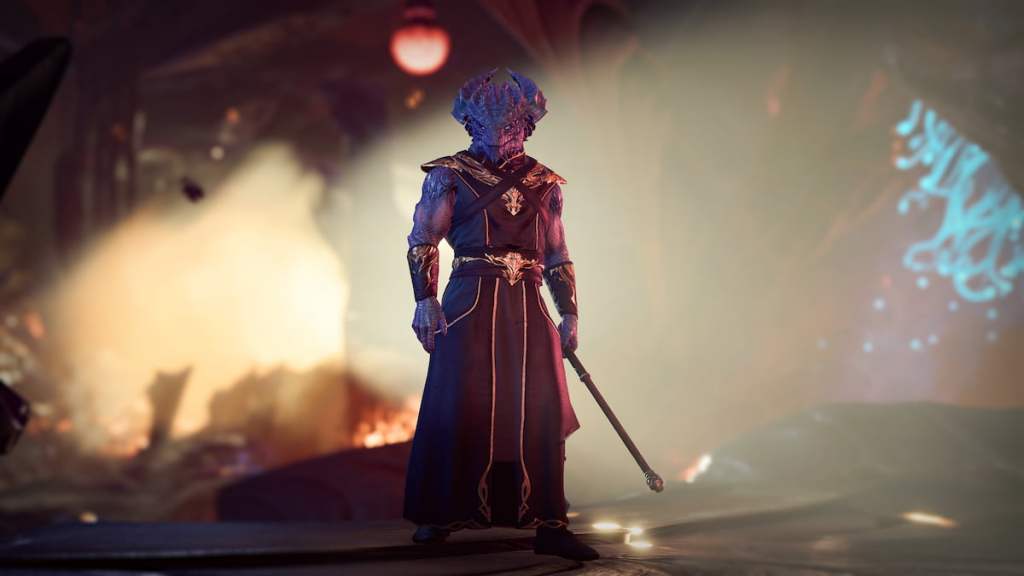
In Baldur’s Gate 3, Cantrips are weak spells that can be used an unlimited number of times. You will generally pick Cantrips when you level up, slowly adding them to your arsenal over time. It bears mentioning that there aren’t any healing Cantrips, as that would be overpowered.
There are several attack Cantrips that your spellcasters should have prepared, such as Fire Bolt. The benefit of using these instead of a conventional weapon is that attack Cantrips are tied to your spellcasting modifier. This means that Cantrips like Fire Bolt will have a much better chance of hitting the enemy than if you were using a longbow, so long as you’re focusing on keeping your spellcasting stat high (Charisma for Bards, Sorcerers, & Warlocks, Wisdom for Clerics & Druids, and Intelligence for Wizards.)
It also helps to take the Guidance and Friends Cantrips! Guidance offers a 1d4 bonus during most Ability Checks in the game, while Friends gives you Advantage while trying to persuade people. These are both very useful to have, especially during the early hours of the game.
How Spells Work In Baldur’s Gate 3
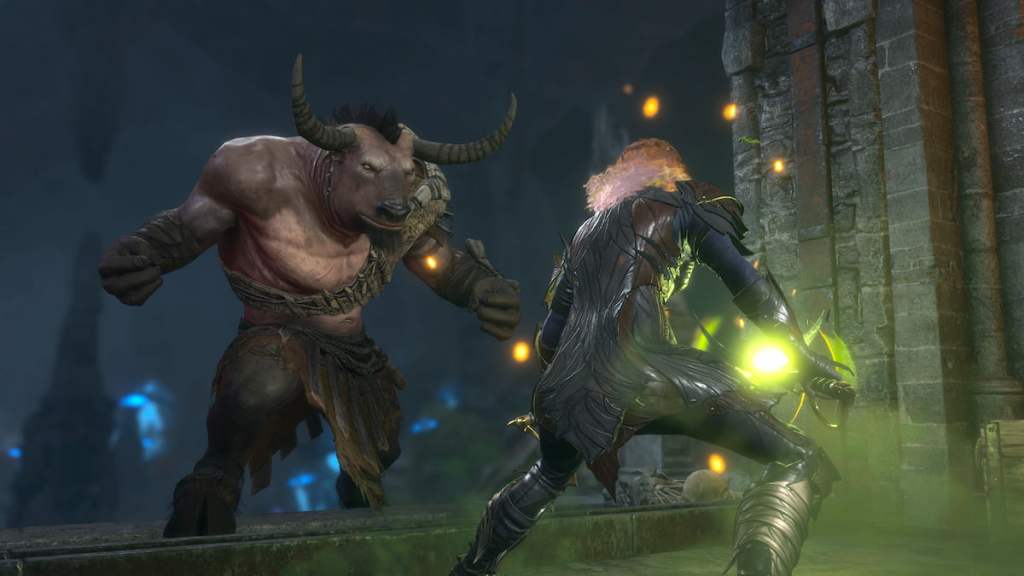
Cantrips are useful, but spells are far more powerful. To reflect this, each character has a number of spell slots available to them and casting a spell uses a slot. This means that if you have three level 1 spell slots, you can cast three level 1 spells, and then you’re out. You need to take a Long Rest to recover spell slots, except for one class, as Warlocks recover spells slots when taking a Short Rest.
As you level up, you will gain more spell slots and will receive access to higher-level spells, with their own pool of spell slots. As Baldur’s Gate has a level cap of 12, the spells will go up to level 6. This means that by the end of the game, you’ll have lots of spell slots across the various levels, which you can use to boost your allies or harm your enemies.
Related: Baldur’s Gate 3: How To Heal Your Party Members In BG3
You won’t just have to rely on spell slots to use spells, as there are magic items in Baldur’s Gate 3 with similar effects. Spell Scrolls act as one-shot spells that don’t spend any slots, while potions can heal anyone who drinks them. There are also rings and amulets that add spells to your list, or let you cast them once for free per battle or long rest. This means you’ll have tons of options for using magic in Baldur’s Gate 3.


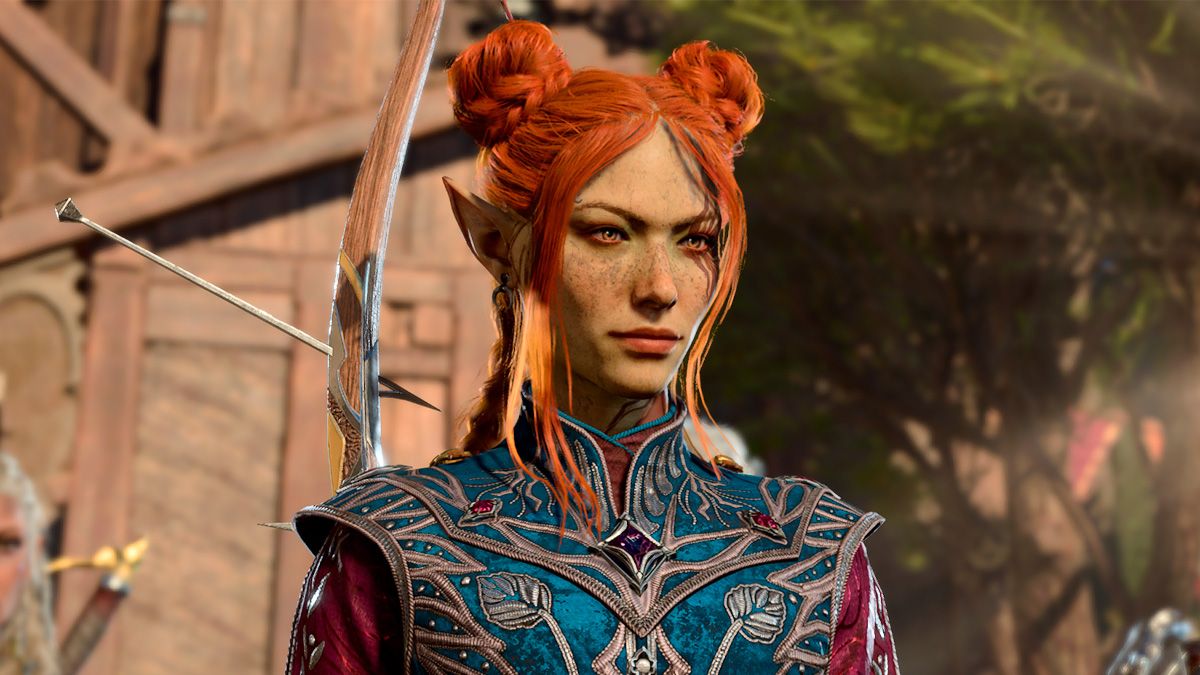
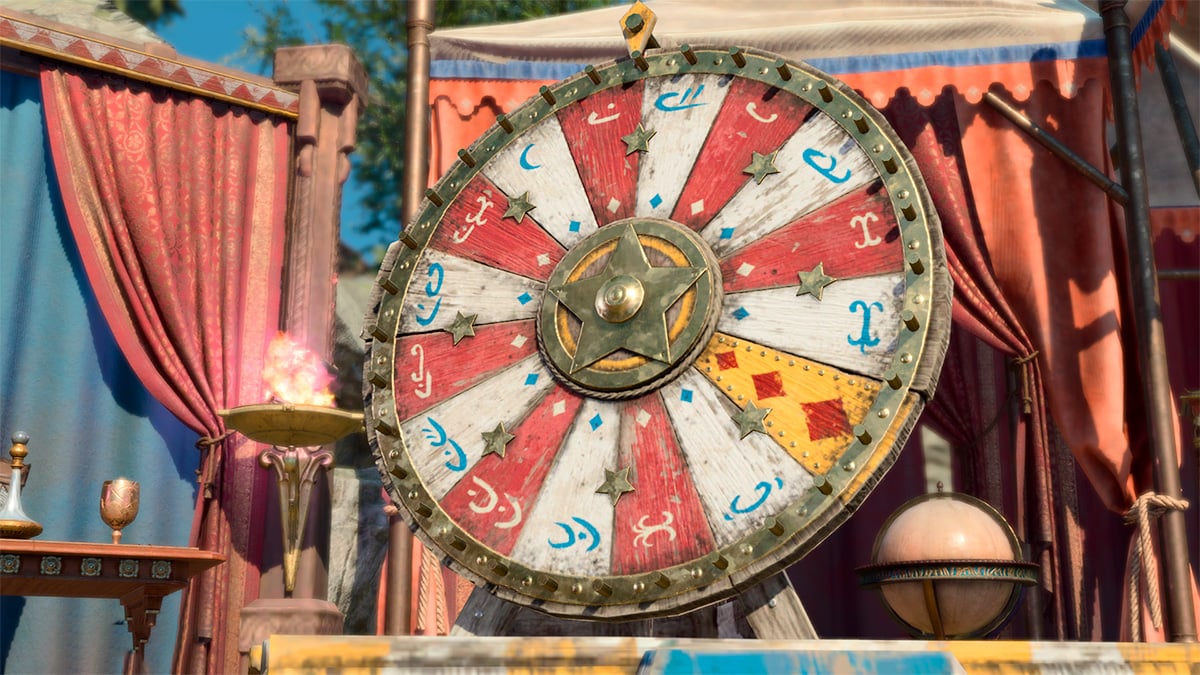

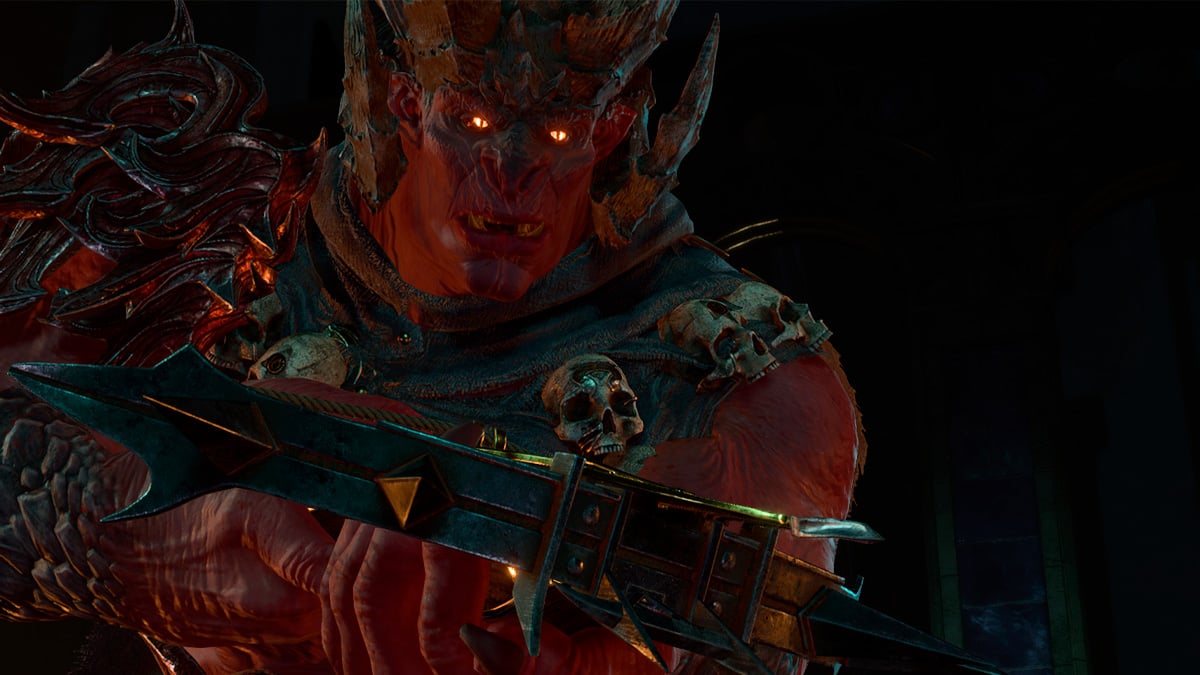

Published: Aug 10, 2023 11:11 am